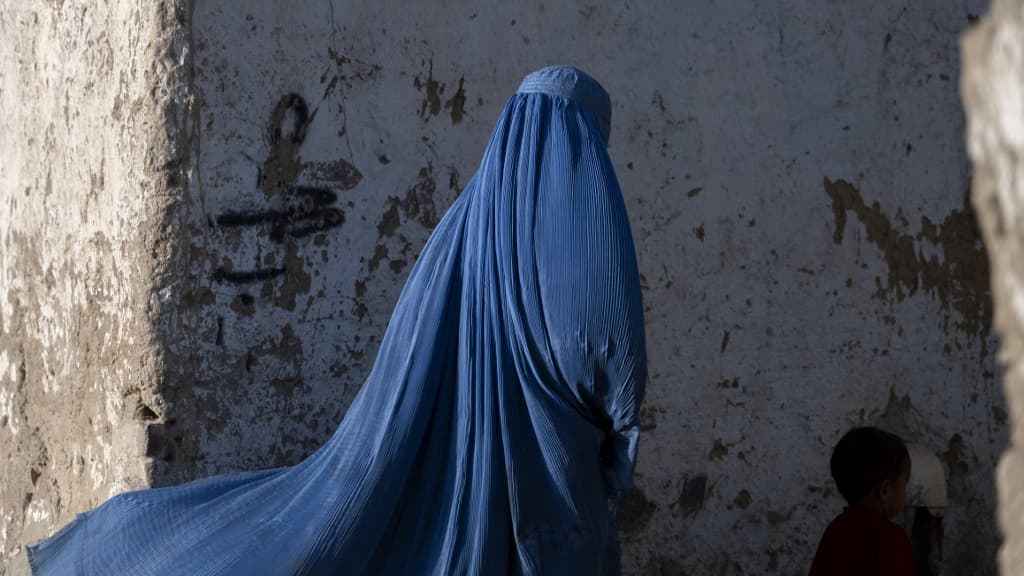
Taliban supreme commander orders women to wear burqa in public
Since the Taliban returned to power last August, restrictions on women in the country have doubled.
The Taliban has severely tightened restrictions on women’s freedom in Afghanistan, by imposing on Saturday the public to wear the burqa, a full mesh covering at eye level, a symbol of the repression they are practicing in this country.
“It’s better for her to stay at home.”
In a decree issued to the press in Kabul, the Taliban and Afghan Supreme Leader Hebatullah Akhundzada ordered women to wear a “shadri (another name for the burqa) because it is traditional and respectful.”
The decree adds that “women who are neither young nor old should hide their faces when confronted with a man who is not a member of their family” to avoid provocation.
And if they don’t have an important task to do outside, they are better off staying at home. This decree also lists the penalties for heads of families who do not require the wearing of the burqa.
The first national decree
Since the Taliban returned to power in mid-August, the Ministry for the Promotion of Virtue and Prevention of Vice has issued several recommendations on how women should dress. But this is the first decree on this subject issued at the national level.
The Taliban had previously required women to wear at least a headscarf, a scarf that covered the head but revealed the face. But they strongly recommended wearing the burqa, which they had already imposed during their first term in power between 1996 and 2001.
During this first regime, they denied women nearly all rights, according to their strict interpretation of Islamic law. Agents from the Commission for the Promotion of Virtue and the Prevention of Vice lashed anyone who arrested him without a burqa.
After their return to power, after 20 years of occupation by the United States and its allies, which expelled them in 2001, the Taliban promised to be more flexible this time. But they soon reneged on their promises, steadily eroding rights again and breaking 20 years of women’s freedom.
Women are now largely barred from government jobs and prevented from traveling abroad or long distances within the country without a male family member accompanying them.
Separation of women and men in the gardens of Kabul
In March, two students closed girls’ high schools and colleges, just hours after their long-announced reopening. This unexpected position, which had no justification other than the statement that girls’ education should be carried out in accordance with the provisions of Islamic law, caused a scandal in the international community.
The Taliban also enforced segregation of women and men in Kabul’s public parks, with visiting days imposed for each gender. Over the past two decades, Afghan women have gained new freedoms, returning to school or applying for jobs in all sectors of activity, even if the country remains socially conservative.
Women first tried to assert their rights by demonstrating in Kabul and in major cities after the Taliban returned to power. But they brutally suppressed the movement, arresting many activists and detaining some of them, sometimes for several weeks.
The burqa is a traditional Afghani piece of clothing, widely worn in remote and conservative parts of the country. Even before the Taliban’s return to power, the vast majority of Afghan women were veiled, if only with a loose headscarf.

“Unapologetic pop culture trailblazer. Freelance troublemaker. Food guru. Alcohol fanatic. Gamer. Explorer. Thinker.”
